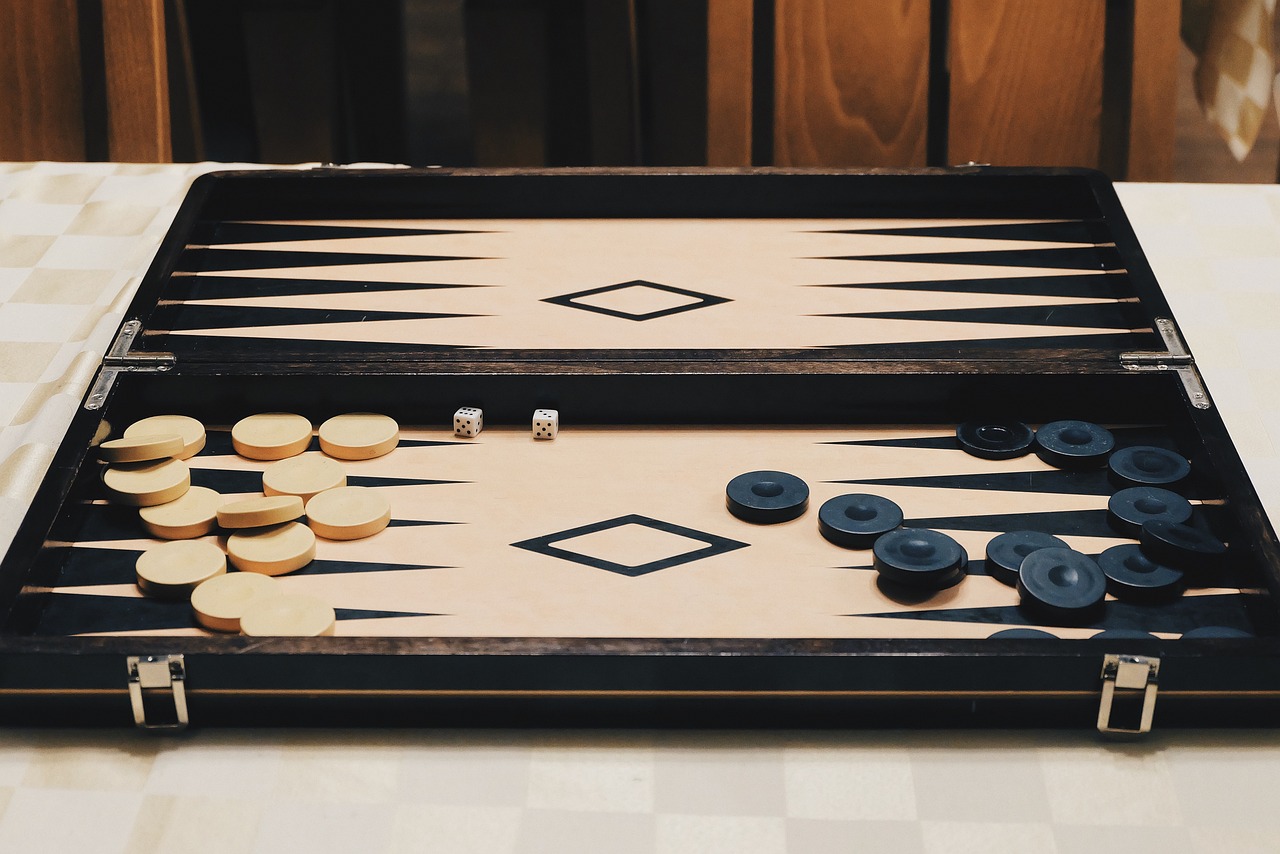Backgammon is a game that, like many other board games, requires a combination of luck and skill. However, while luck can play a significant role in the game, skill and strategy will ultimately determine the winner. One critical aspect of the backgammon strategies is the bearing off process, which involves removing checkers from the board. By understanding how effective bearing-off strategies are, players can begin to rely less on luck and increase their chances of winning.
What is Bearing Off?
Bearing off is a critical aspect of backgammon, where players remove their checkers from the board to win the game. This process can only begin once a player moves all fifteen of their checkers into their home board. The winner of the game is the first player to bear off all fifteen of their checkers. Bearing off is relatively straightforward in scenarios where there is no contact between the checkers, and the game becomes a race.
Players remove one checker from each point corresponding to the numbers rolled on the dice in these cases. However, the bearing off process becomes more complicated in situations where there is still contact between the checkers. Players must adopt a strategic approach to minimize the number of blots and avoid being hit by their opponent. Players can increase their chances of winning in backgammon by mastering effective bearing off strategies.
Below, we’ll explore the general principles of bearing off for both scenarios.
No Contact
When there is no contact between the checkers, the goal is to remove one checker from each point corresponding to the numbers rolled on the dice. If the numbers rolled are higher than the highest occupied point, remove a checker from the highest occupied point, and the excess pips are lost. Note that you can only bear off one checker per die, except for when you roll a double, which allows you to move up to four checkers.
Contact
Bearing off becomes more challenging when there is contact between the checkers, as your opponent can hit your blots. The key to successfully bearing off in this situation is to minimize the number of blots and avoid being hit. Here are some tips to follow:
- Start by moving pieces off your highest points when it is safe to do so without leaving a blot. As you clear the higher points, a high roll from your opponent can force them to leap over your checkers and break contact, giving you an advantage in the race.
- Try to keep an even number of checkers on your highest occupied points to avoid leaving a single vulnerable blot. For example, if your highest occupied point is the 5 and it has three checkers, a roll of 6-5 would force you to bear off two of those checkers, leaving a single checker vulnerable to your opponent’s hit.
- If you can’t bear off any checkers, focus on filling in gaps or spreading out the pieces to improve distribution, but avoid leaving blots.
- Exercise caution when stacking too many checkers on a single point, as this can limit your options. Also, try to avoid leaving gaps between points to minimize potential wastage of pips.
Conclusion
In conclusion, mastering backgammon’s bearing off strategies is crucial for success in the game. Understanding the general principles of bearing off in both no-contact and contact situations is a great starting point. However, to take your game to the next level, you must also consider the concepts of timing and doubling. Adopting effective bearing-off strategies and taking advantage of timing and doubling can improve your chances of winning in backgammon. Remember, while luck can affect the game’s outcome, skill and strategy will always win in the long run.







